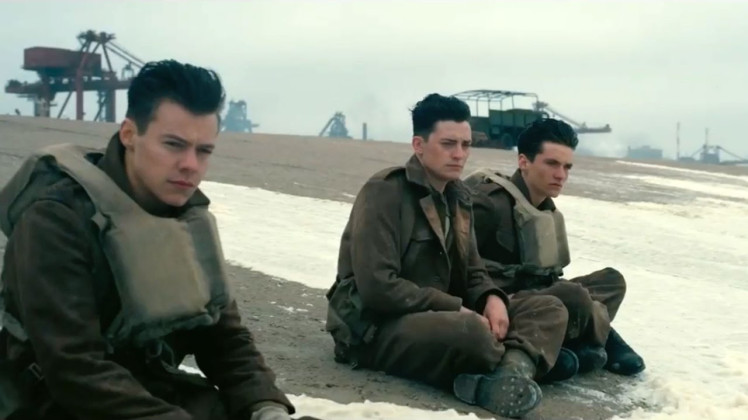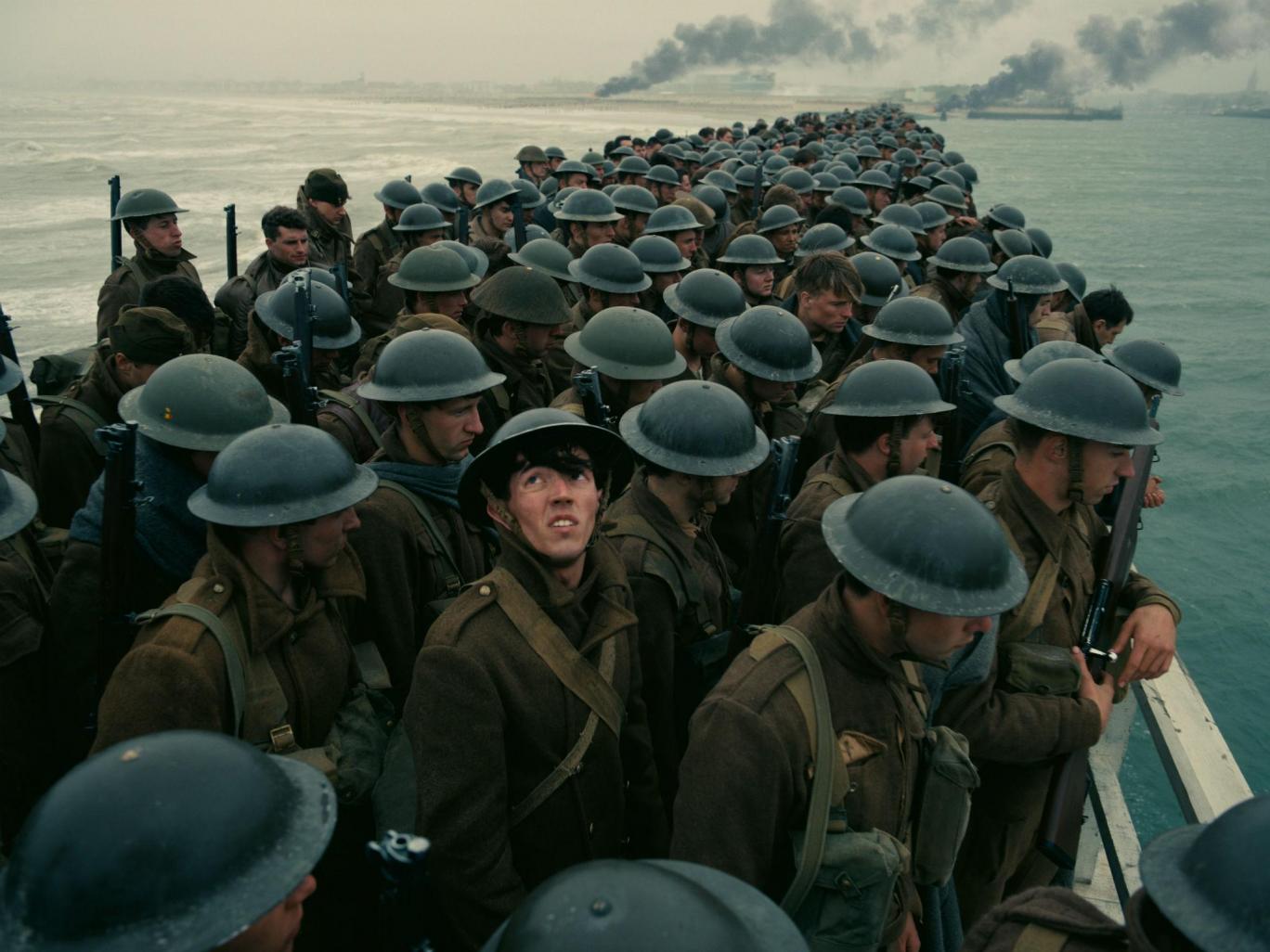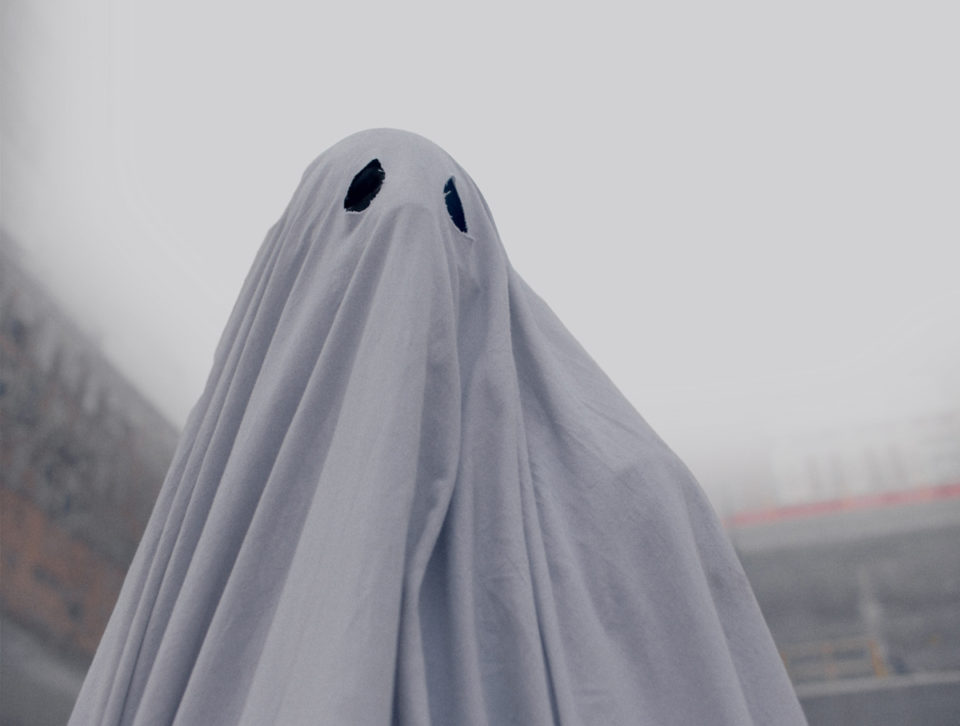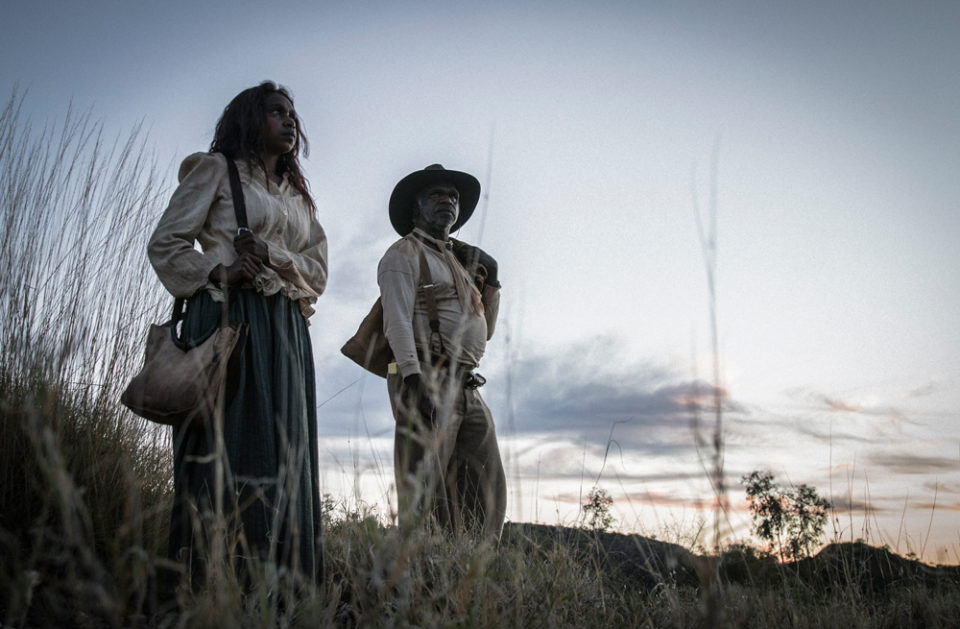Pamphlets rain from the sky as British soldiers walk the streets of a ghost village in the opening of Dunkirk. A soldier plucks one from the air and gazes at a map that says: “You, we surround you. Surrender. Survive.”
As his battalion scavenges for supplies they are fired upon by an unseen enemy and run for their lives. The unnamed soldier makes it to a French blockade and bolts through a narrow passageway that opens to a spectacular beach.
Running on the seashore is often associated with freedom in cinema. As we watch the figure we will come to know as Private Tommy (Fionn Whitehead) a grand cinematic language is invoked with all the strength of a visual blast: the iconic closing scene of François Truffaut’s 400 Blows and the stunning running montages of Chariots of Fire; but here Tommy is running into limbo.
As a seemingly invincible German army advances in late May of 1940, nearly 400,000 Allied soldiers from Belgium, France and Britain are stranded at Dunkirk, a beach whose name means ‘church in the dunes’. Determination, desperation and defeat are the keys turning what will be the biggest evacuation in military history, codenamed Operation Dynamo and later known as the ‘Miracle of Dunkirk’.
Writer and director Christopher Nolan takes a tightly focused, even minimalist approach to telling the true tale of a military disaster and how hope was cultivated in the sands a mighty failure.
He divides Dunkirk into three parts to represent each of his main participant’s theatre of war: ‘The Mole’ takes place over one week focusing on the soldiers (Whitehead, Harry Styles and Damien Bonnard) on the beach; ‘The Sea’ accompanies an armada of civilian boats and sailors (Mark Rylance in terrific, stoic form as a mariner and a father) assisting with the evacuation because the shallow waters of Dunkirk make it impossible for military ships to land; and ‘The Air’ spends an hour with two RAF Spitfire pilots (Tom Hardy and Jack Lowden giving incredible performances behind goggles) involved with saving a cornered army from being bombed into oblivion by the German Luftwaffe.
A phenomenal score by Hans Zimmer (the renowned composer for The Thin Red Line, Gladiator and Interstellar) creates a prodigious wall of sound made up of ticking clocks, heartbeats and engine noise that enhances the tension of the countdown. It’s a soundtrack of mathematical power the equal to any great minimalist symphony.
Nolan has previously honed his mastery of working with time in films like Inception, The Prestige and Memento. Dunkirk expertly focusses his non-linear storytelling approach to piece together the increments of what made the evacuation of Dunkirk such a success. Nolan shows how one person can turn the tide of a battle with their actions – and how the British military, and the home front, function as a living organism trying to seek order from the chaos of war with all of its moving parts. The aerial sight of British soldiers lined up on the beach like ants while the Luftwaffe bomb the beach is just one metaphor for the British art of strict order. Nolan directs Dunkirk with the same purpose and resolve, cultivating order as a democratic form rather than a totalitarian shadow.

A majority of the soldiers, nameless throughout, have a similar appearance with black hair cut in the regulation style (long on top, buzzed on the sides) and cheekbones protruding from malnourishment. While it is hard to keep a lock on who’s who, especially when Nolan’s camera flips sideways and bounces around when the action gets chaotic, the troops’ uniform appearance is adapted as an asset to symbolize how each man represents the army as a whole. Without names they may lose their recognisable identity as characters for us, but they conjure something more profound: images of the tombs of unnamed soldiers resting in war memorials around the world. Life or death is all for one and one for all.
When each timeline clicks into place, Nolan creates an overwhelming sense of achievement that’s never sullied by jingoistic glee. Dunkirk is actually modest in acknowledging the catastrophe of the historical event and the grand accomplishment of saving lives. Nor is the enemy reduced to WWII Nazi stereotypes to enhance their wickedness; they are represented by their war machines and often heard but not seen. Like the Allies, the Germans are one organism of many parts too. Although the film has an obviously British perspective on the event, Nolan’s representation of the German military also gives them credit for a dominant weaponry that drove the Allies from Europe. Order is again a synonym for communication and even the potential for human greatness.
With the aid of historical context, we know the power Nolan is wielding with his portrayal of losing a battle and winning a war. Dunkirk’s restraint with minimal dialogue and bloodletting – the complete opposite to World War II films like Saving Private Ryan or Hacksaw Ridge – allows each human moment to have a greater impact on the overall story. Dutch-Swiss cinematographer Hoyte Van Hoytema’s (Interstellar, Spectre) camera work adds realism to the film. At times Hoytema’s footage, particularly the aerial dogfights, resemble scenes from legendary director John Ford’s WWII films like The Battle of Midway.
Yes, there are moments of awe that engage and overwhelm the senses – but it’s the solemn, quiet moments where the film triumphs. Dunkirk is a creeper with its emotional power, its intense pools of quietness setting it apart from other war films where the end usually signifies victory. Films about British military flops are not a rarity, with A Bridge Too Far, Zulu and Gallipoli among the best, but Dunkirk likewise encapsulates the heroic aspect to defeat in both our real and myth-making cinematic history. The author Ernest Hemingway’s observation that “courage is grace under pressure” seems an apt way to understand what Nolan achieves here.
Dunkirk is being released in the age of President Donald Trump and Brexit, as nations strangled by terror and material self-interest are becoming ever more insular, racist and nationalistic. But Nolan refuses to let his film become an easy bargaining chip in this current political climate. Instead he uses Winston Churchill’s speech delivered after the events of Dunkirk, ‘We Will Fight Them on the Beaches’, in a wonderful montage that slices away any cynicism in the wake of the film – this history shows us that we have the resolve to endure when it feels like the light is being snuffed out of this world. Dunkirk looks for the best in the worst and it’s the film 2017 needs right now.






